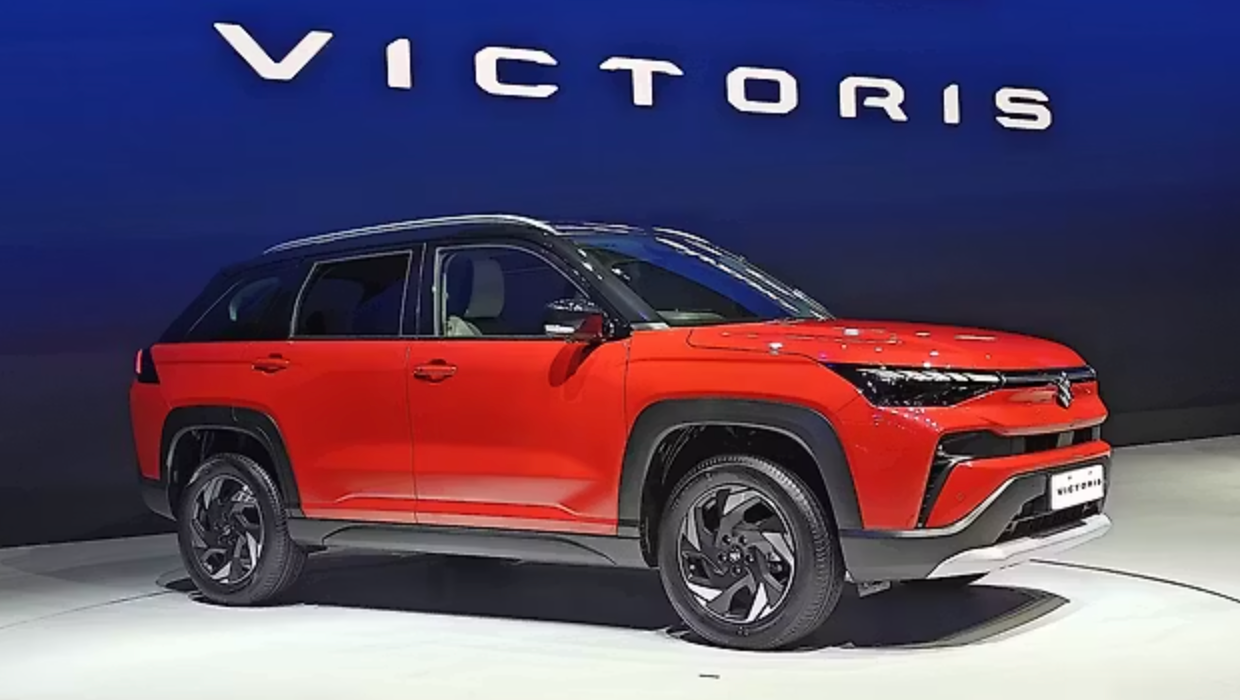The Honda Elevate, a compact SUV launched in India in September 2023, has garnered attention for its style and features. One of the key considerations for potential buyers is fuel efficiency, especially with rising fuel prices. Honda claims an impressive 16.92 kmpl for the Elevate with the Continuously Variable Transmission (CVT) automatic gearbox. But does real-world driving experience mirror these claimed figures? We put the Elevate CVT to the test to find out.
Unveiling the Engine and Transmission
Before diving into the fuel efficiency results, let’s revisit the technical specifications of the Honda Elevate CVT:
- Engine: 1.5-liter naturally aspirated (NA) petrol engine
- Power: 121 PS
- Torque: 145 Nm
- Transmission: CVT
Claimed vs. Real-World Fuel Efficiency
While Honda boasts a claimed fuel efficiency of 16.92 kmpl for the Elevate CVT, our real-world testing revealed a different picture:
- City Driving: During our city driving tests, the Elevate CVT delivered an average fuel efficiency of 12.60 kmpl. This falls short of the claimed figure by approximately 4.32 kmpl.
- Highway Driving: On the highway, the Elevate CVT performed closer to the claimed figure, achieving an average fuel efficiency of 16.40 kmpl. This is just 0.52 kmpl lower than the claimed figure.
Understanding the Discrepancy
The discrepancy between claimed and real-world fuel efficiency is a common phenomenon. Several factors can contribute to this difference:
Driving style: Aggressive driving habits, such as frequent acceleration and braking, can significantly impact fuel efficiency. Maintaining a steady speed and avoiding harsh maneuvers can improve fuel economy.
Traffic conditions: Stop-and-go traffic prevalent in city driving significantly reduces fuel efficiency compared to smooth highway cruising.
Road conditions: Uneven roads and rough terrain can increase fuel consumption due to the additional power required to navigate them.
Vehicle condition: Regular maintenance, including proper tire inflation and air filter cleaning, can contribute to optimal fuel efficiency.
Expected Fuel Efficiency for Different Driving Scenarios
Based on our testing and considering the factors mentioned above, here’s an estimated range of fuel efficiency you can expect from the Honda Elevate CVT:
- City driving: Over 13 kmpl
- Highway driving: Around 15 kmpl
- Mixed driving (city and highway): Around 14 kmpl
Remember, these are estimates, and your actual fuel efficiency may vary depending on the factors mentioned earlier.
Tips for Optimizing Fuel Efficiency
While achieving the claimed fuel efficiency figures might be challenging in real-world scenarios, you can still adopt practices to maximize your Elevate CVT’s fuel economy:
- Maintain a steady speed: Avoid unnecessary acceleration and braking.
- Minimize idling: Switch off the engine when waiting at traffic lights or for short durations.
- Plan your trips: Combine errands and avoid unnecessary travel.
- Maintain proper tire pressure: Underinflated tires increase rolling resistance, leading to higher fuel consumption.
- Drive smoothly: Avoid harsh acceleration and sudden braking.
- Regular maintenance: Ensure scheduled servicing and maintenance are performed to keep the engine running optimally.
Frequently Asked Questions (FAQs):
Q1: Does the Honda Elevate CVT live up to its claimed fuel efficiency in city conditions?
A1: The tested fuel efficiency in city conditions falls slightly short of the claimed mileage, with an observed figure of 12.60 kmpl.
Q2: How does the Honda Elevate CVT perform on the highway in terms of fuel efficiency?
A2: The tested fuel efficiency on the highway closely aligns with the claimed figure, recording an impressive 16.40 kmpl.
Q3: What can owners expect in terms of fuel efficiency for mixed driving conditions?
A3: In mixed driving conditions, the Honda Elevate CVT is estimated to offer a fuel efficiency of around 14 kmpl.
Q4: Why might the fuel efficiency of a car vary for different drivers?
A4: Individual factors such as driving style, road conditions, and the overall state of the vehicle can influence fuel efficiency, leading to variations among drivers.




